
How Window Design Influences Architecture
Designing your dream home or improving the aesthetics of your business for patrons is something a lot of people do on a daily basis, but window design may not be the first thing that comes to mind.
However, when you imagine how your finished space will look and feel, there’s light. Either a lot of light, a little, or something in between. Window design and the accessories that go with them like drapes and curtains can make or break your ability to bring your vision for a space to life.
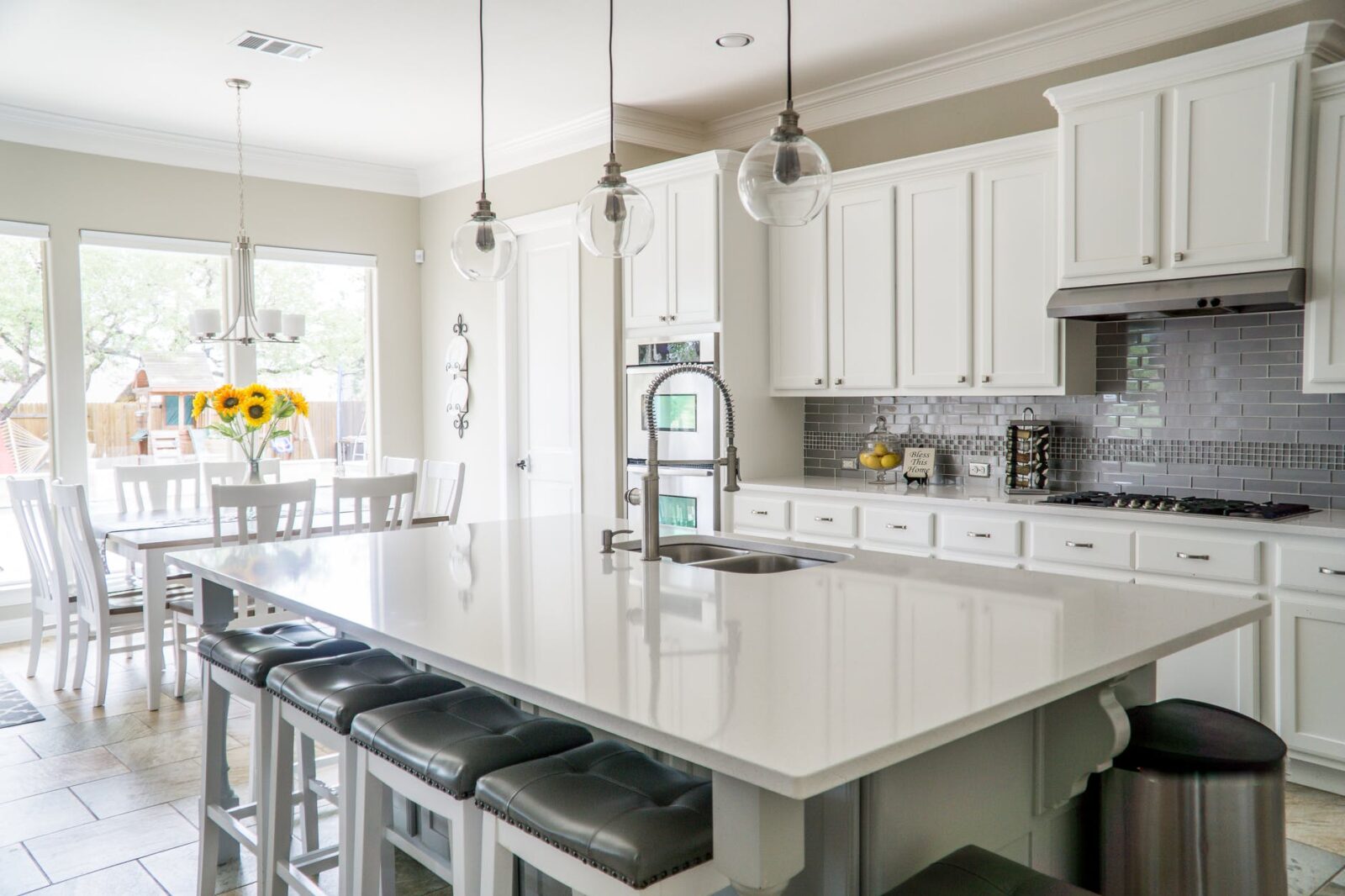
Twists and Turns in Window Design Evolution
Modern technology and design applications allow us to get creative with window design in ways that were not only impractical in the past but downright impossible, depending on the region and the building materials available.
Today, we can take inspiration from around the world and experiment while giving reverence to the past and the trial and error of other architects by combining their techniques with modern materials.
For example, drawing inspiration from traditional Japanese marumado window design by adding a round window with soft, delicate curves to a building that features a lot of sharp internal angles would not only invite in light but serve to make a room seem softer and more welcoming.
Design psychology is fascinating and allows us to utilize architecture and building fixtures like windows for functionality while simultaneously implementing them to make our spaces feel how we want them to.
Window Types
Over the years, designers developed a multitude of window styles meant to complement both the aesthetic and practical needs of homes and businesses. Below we’ll take a look at a small handful of window types and how they can be utilized from an architectural standpoint.
Bay Windows
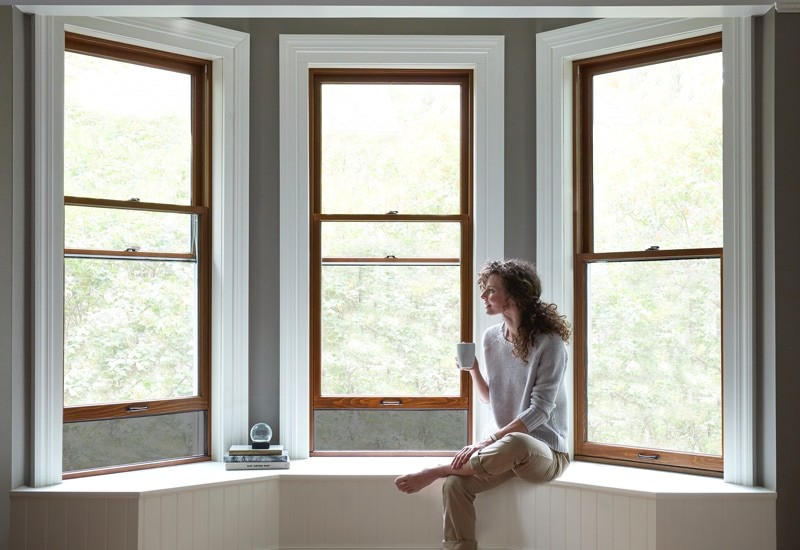
Bay windows have large, outward-facing hexagon-shaped frames. If you’re after natural light and want your space to feel open and inviting, this type of window could go a long way in bringing your vision to life. They offer a sense of style that’s hard to beat and can dramatically transform a room that may otherwise seem dull and uninviting. If you have a great outdoor view that you’d like to showcase, a bay window will allow you to make the most of it. Paired with a sitting nook, bay windows give otherwise simple spaces a splash of luxury.
Picture Windows
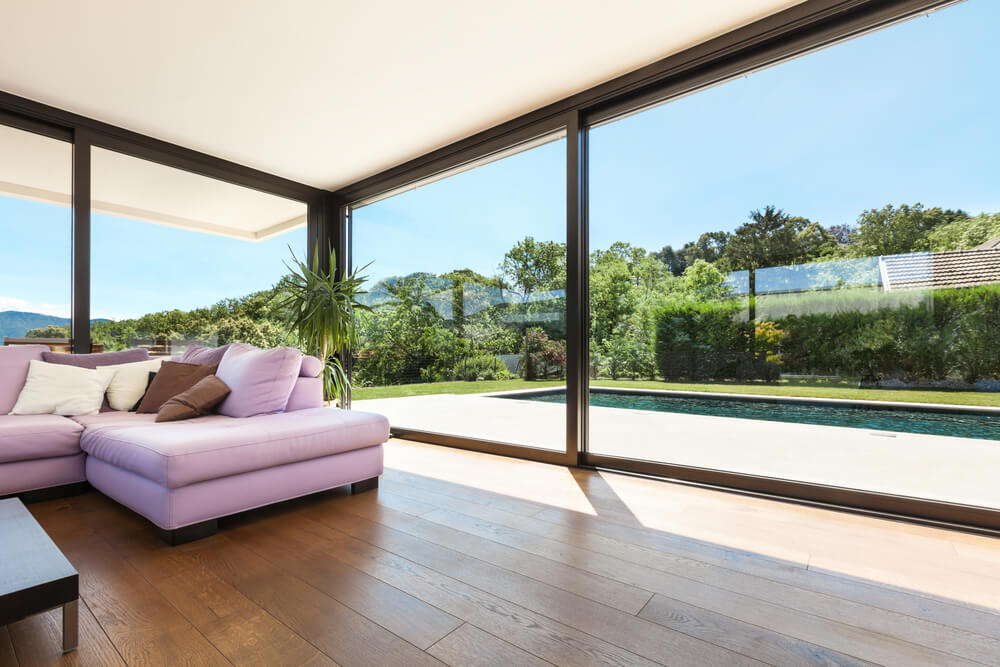
The name of this window variety gives away its purpose. Picture windows are used to invite a taste of the outdoors in, acting as a “frame” for the outdoor view – inviting in both light and a splash of greenery. They are most commonly found in smaller rooms that would otherwise be drab – such as basements or attics. Picture windows are meant to serve as simple accents to a room and do not offer any ventilation.
Casement Windows
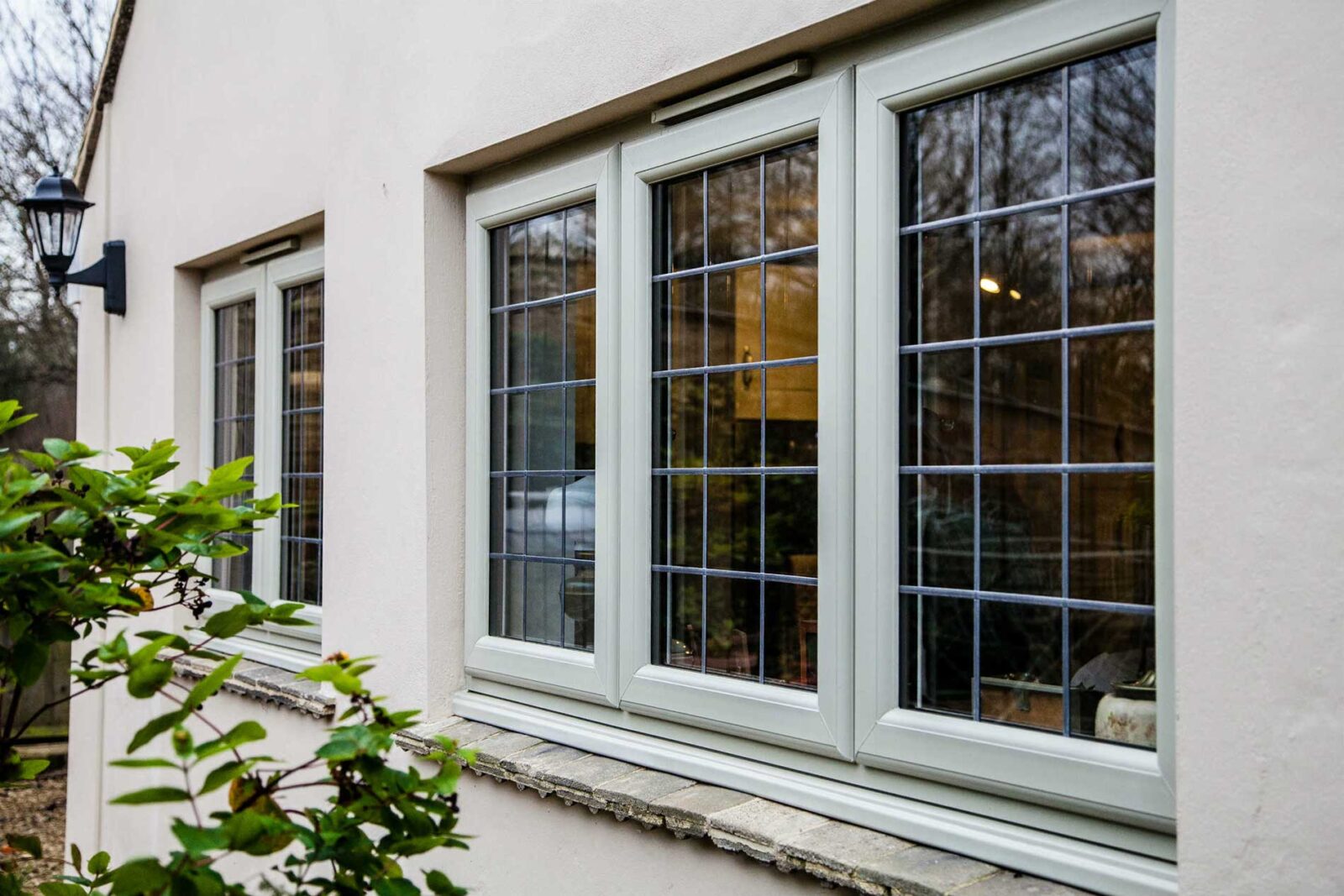
Casement windows open horizontally and can be opened both inwardly and outwardly to allow for maximum ventilation control. They do not take up a lot of space and can be worked into tighter spaces. Casement windows are commonly found in kitchens for both of these reasons, allowing for food smells to be let out while being narrow enough to fit in around cabinets and other fixtures.
Garden Windows
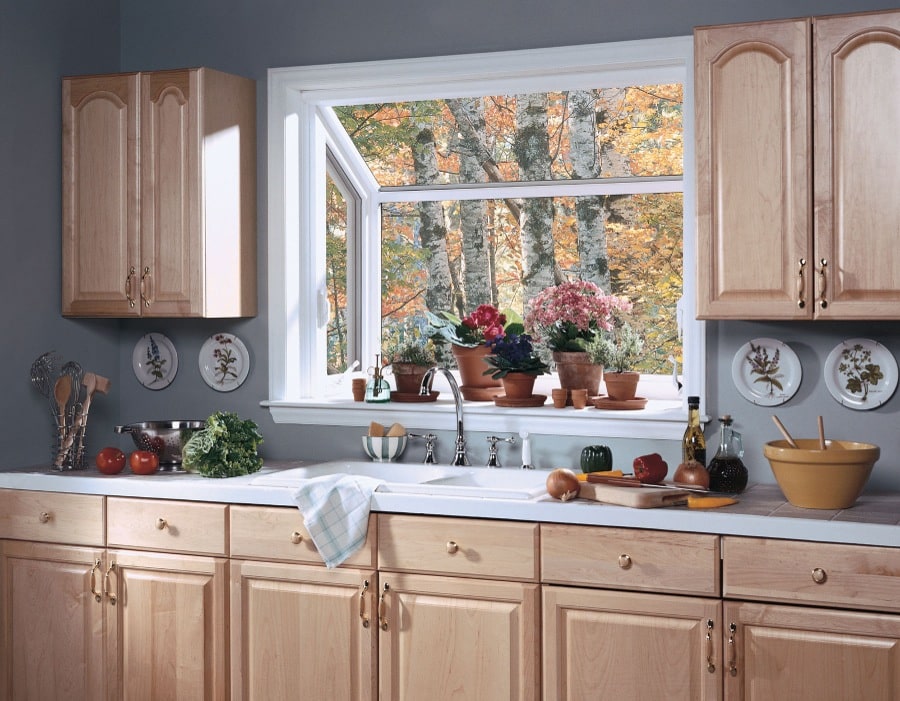
Garden windows are a plant lover’s dream, and as society as a whole continues to trend towards going green, they will likely be found in newer builds and included in renovations more and more often. They offer excellent aesthetic appeal while simultaneously allowing enough light for indoor window plants to thrive.
Textures and Materials
These two things go hand in hand with window shape and size and are critical players in ensuring the overall design of a building flows well while still being in alignment with the style preferences of the owner.
Choosing a steel window frame over a wood window frame isn’t always a matter of functionality or quality. While steel does boast several practical benefits, such as being less susceptible to weather-induced contractions and providing superior temperature insulation, it’s also a brilliant material in other ways.
The sleek, clean lines found in steel windows can lend a hint of classic charm while also allowing a room to feel more open and airy, making them perfect for smaller spaces that may otherwise look too “busy” with a wooden frame.
Glass Finishes
In addition to the clear glass that we most commonly think of in residential spaces, windows also come with a variety of other glass finishing options, such as:
- Frosted
- Reflective
- Satin
- Tinted
From an architectural standpoint, this makes windows key for making the most out of offices and other commercial spaces that don’t necessarily have the square footage to create full-sized, separate rooms needed for hosting meetings or other activities.
By utilizing window partitions with materials like frosted or tinted glass, architects can create multifunctional spaces that allow for maximum privacy with minimal space while allowing the building to feel open and flow well in a way that wouldn’t be possible with normal walls.
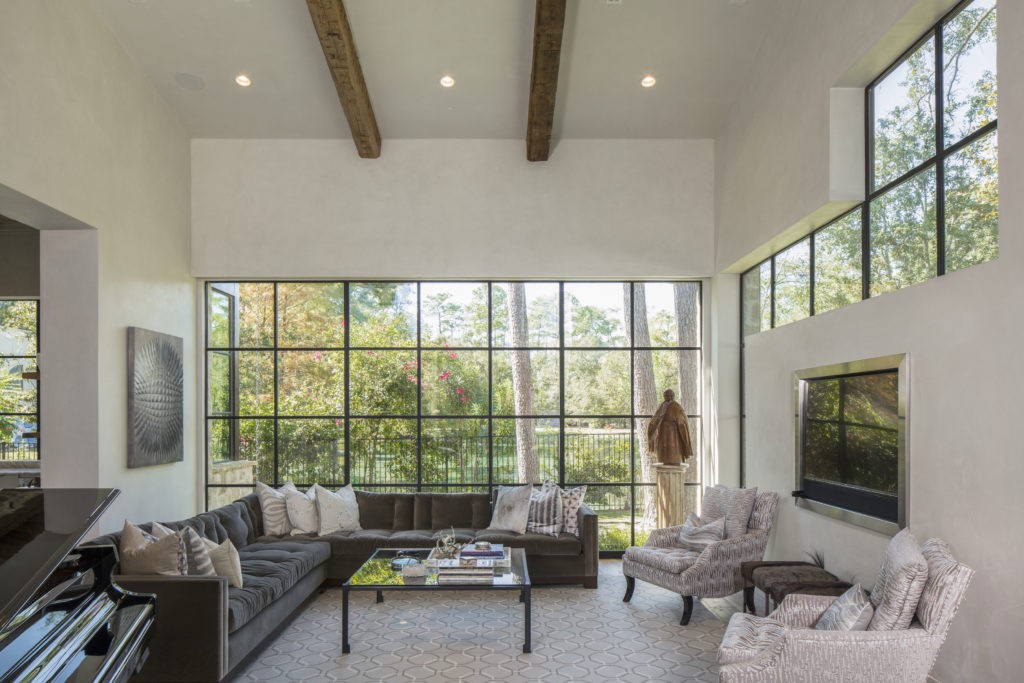
Portella’s Custom Windows
Searching for windows that’ll grow with your space, remaining stylish even as other trends come and go?
At Portella, we custom craft steel windows and doors for projects of all shapes and sizes, ensuring that each buyer gets exactly the look they’re going for built from materials that can be trusted. With three generations of blacksmiths working on our team, architects get precise measurements they can count on manufactured to 1/16″ inch tolerance.
To take our commitment to quality even further, each custom steel window or door project that we take on is assigned a project manager that’ll keep you updated on all of the production details.
Ready to learn more about what sets Portella’s steel windows and doors apart from the rest?
For starters, check out our gallery!
Or reach out to our team to get the ball rolling.
Leave a Reply